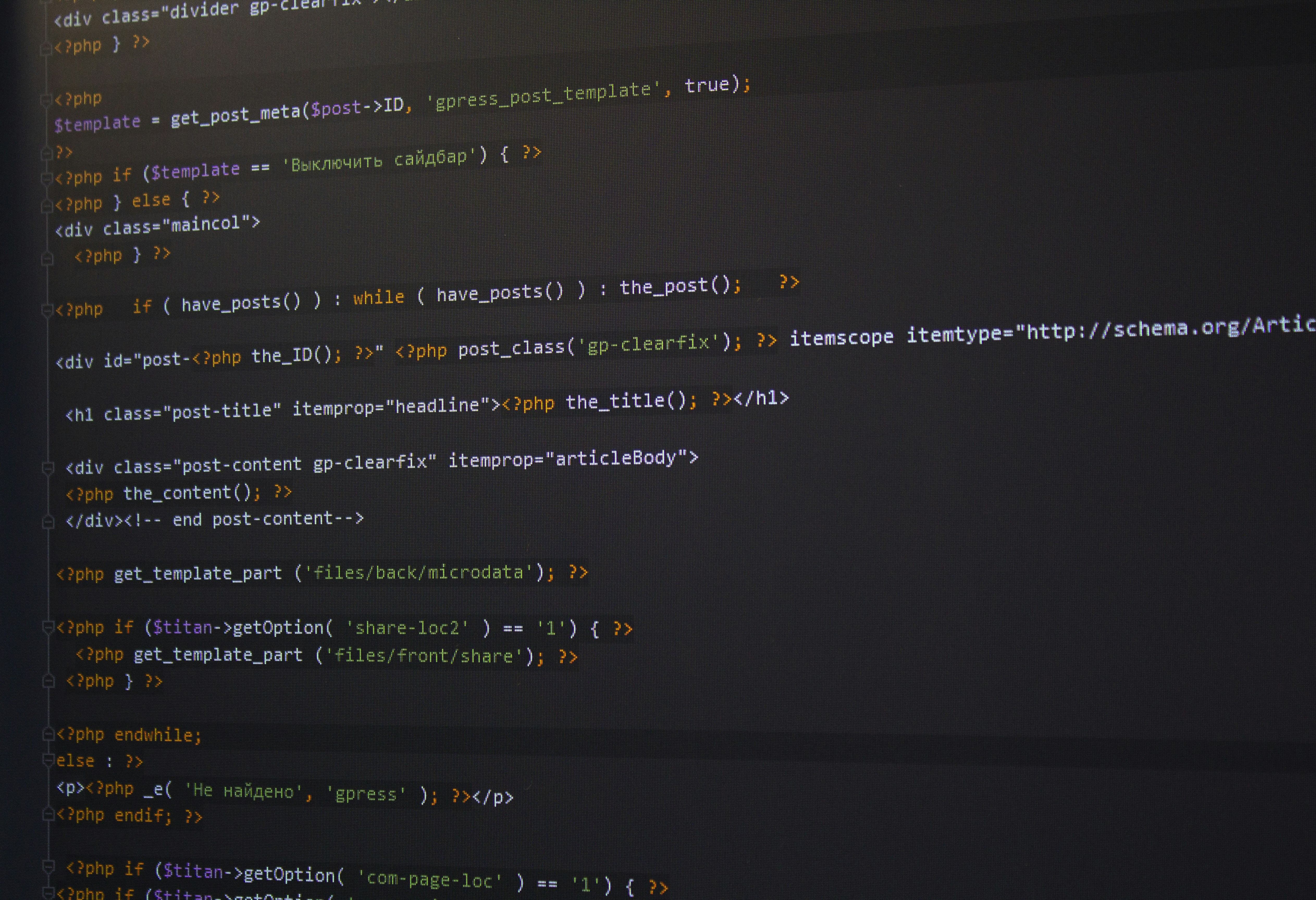What are HTML Parse Codes?
HTML parse codes are fundamental components that determine how web browsers interpret and display content on webpages. They consist of various tags and attributes that inform the browser about the structure and style of the web content. Understanding these codes is essential for anyone looking to build or maintain a website effectively.
Why are HTML Parse Codes Important?
Utilizing HTML parse codes correctly ensures that your website is rendered accurately across different devices and browsers. Properly formatted HTML enhances accessibility for users with disabilities as well. These codes support effective search engine optimization (SEO), helping your content rank better in search results. When used appropriately, HTML parse codes can significantly improve the overall user experience.
Basic Structure of HTML Parse Codes
At the core, HTML consists of elements wrapped in tags. The basic structure usually begins with the <!DOCTYPE html> declaration, followed by the <html> opening tag. Within the HTML document, you’ll encounter two main sections: the <head> and the <body>. The <head> section contains meta-information about the document, including the title, while the <body> encompasses the actual content visible to users.
Moreover, using attributes within tags allows you to tailor the function and presentation of your content, such as aligning text or adding links. As you explore HTML parse codes further, you will discover a wealth of additional features that enhance your web pages’ interactivity and aesthetics.





